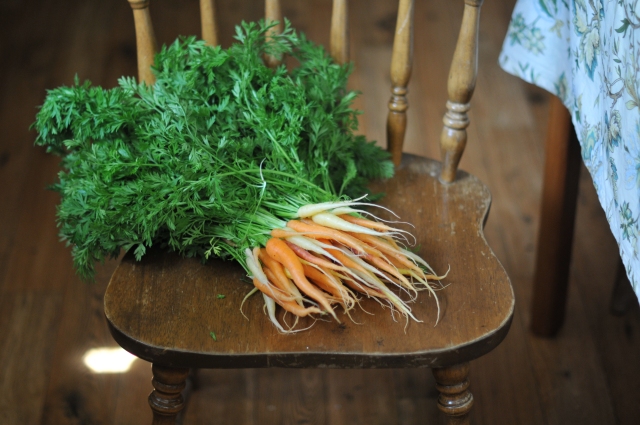Today we visited a bee farmer. My mum has had a growing interest in bees over the last few years. Bees are significantly underrated members of our agricultural production communities. In their endeavours to gather pollen, they are the means of pollination for many plant species, allowing for plants to ‘fruit’ and grow the produce we eat as food. Many significant stakeholders are aware that bee populations are declining, which could have a negative impact on farming communities and agricutural production into the future. This is something that I am only just learning about, but today, visiting a honey farmer, it all became a little more real.
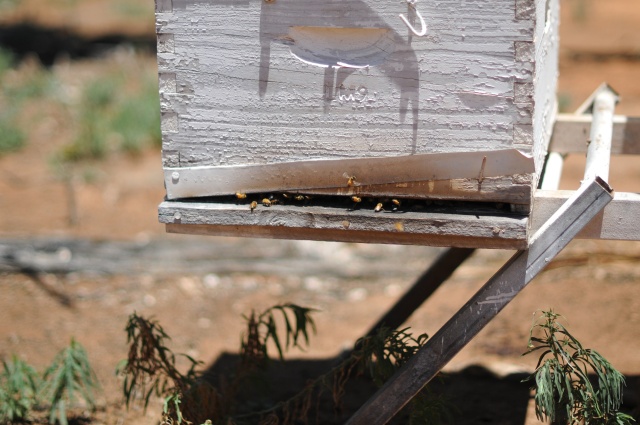

The hives among the mango trees.

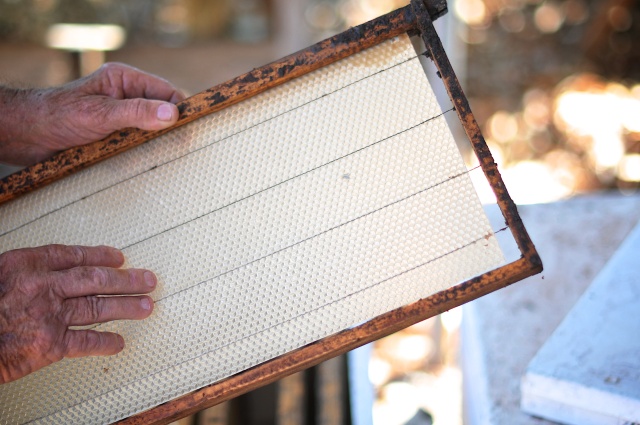
The frames that line the hives, empty and ready for the bees to build on and fill with honey. The bottom hive is for the queen, her offspring and their food.

This rack is used to divide the bottom hive and the top two. In the top two excess honey is stored by the worker bees (who can fit through) and is the stuff harvested for human enjoyment!
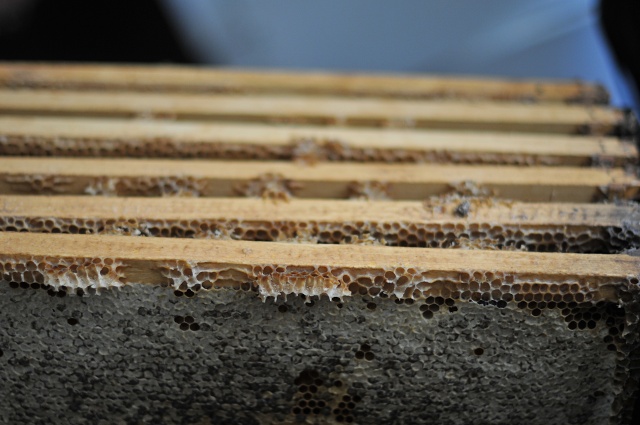
Filled racks with the comb sealed off.
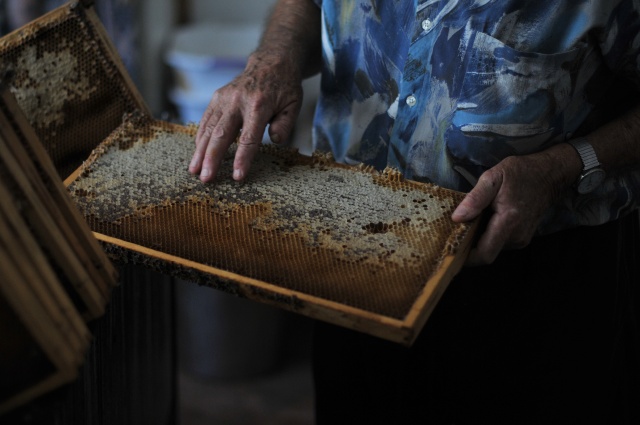
Frames ready for processing.
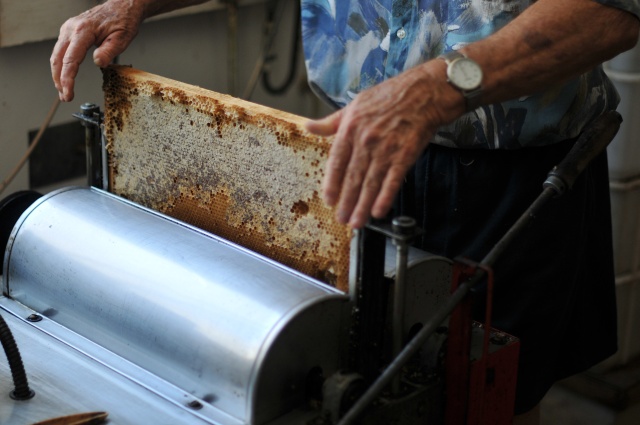
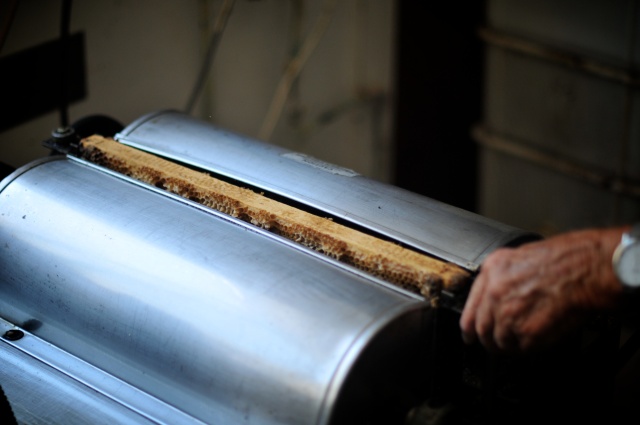
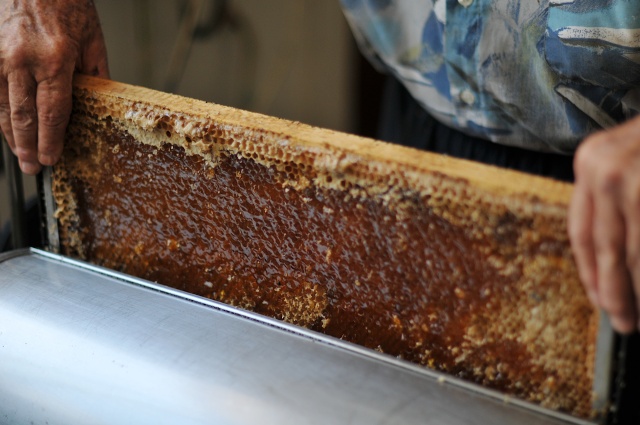
The caps are broken …
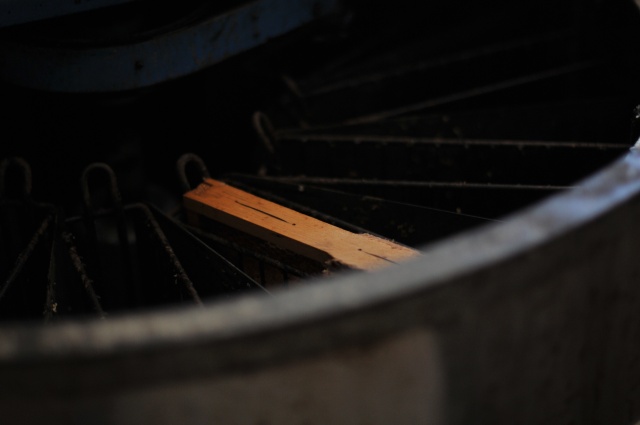
… and the honey is removed by spinning the racks (only one to demonstrate to us, normally other racks are emptied too).
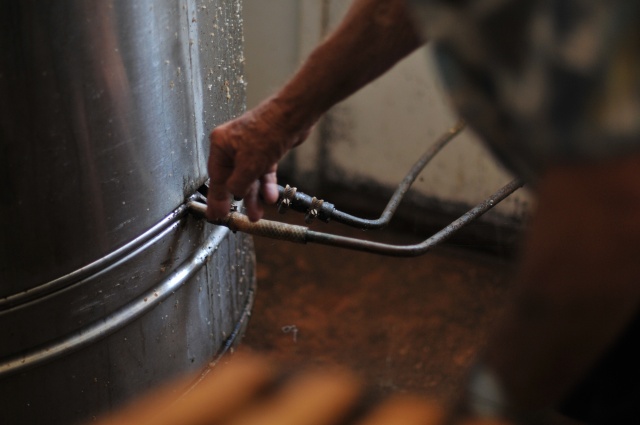
Hot water is piped round the container, heating the honey to make it runnier for processing.
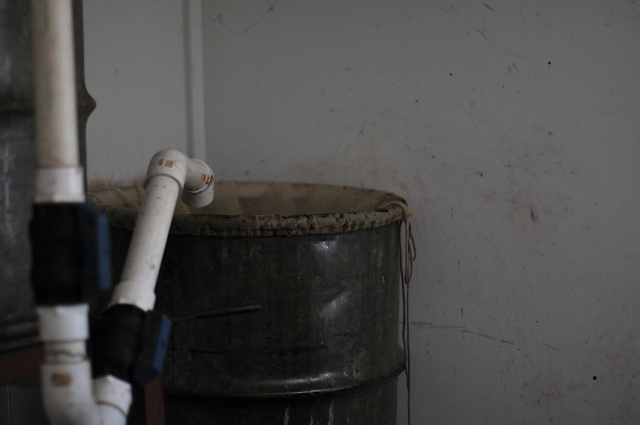
Filtering before it is either transferred into jars or large containers that are then shipped south to Perth where it forms part of the honey supply sold through the Capilano brand. Last year our farmer shipped 15 large cartons down south; not a bad effort for a small farm with only about 150 hives (126 currenlty being used).
Honey, a sweet gift from a generous creator. Bees, unexpected farmer’s friends. As always, food production is part marvelous mystery, part hard work and ingenuity on the part of farmers.
“You gave them this land you had sworn to give their ancestors, a land flowing with milk and honey.” Jeremiah 32:22
